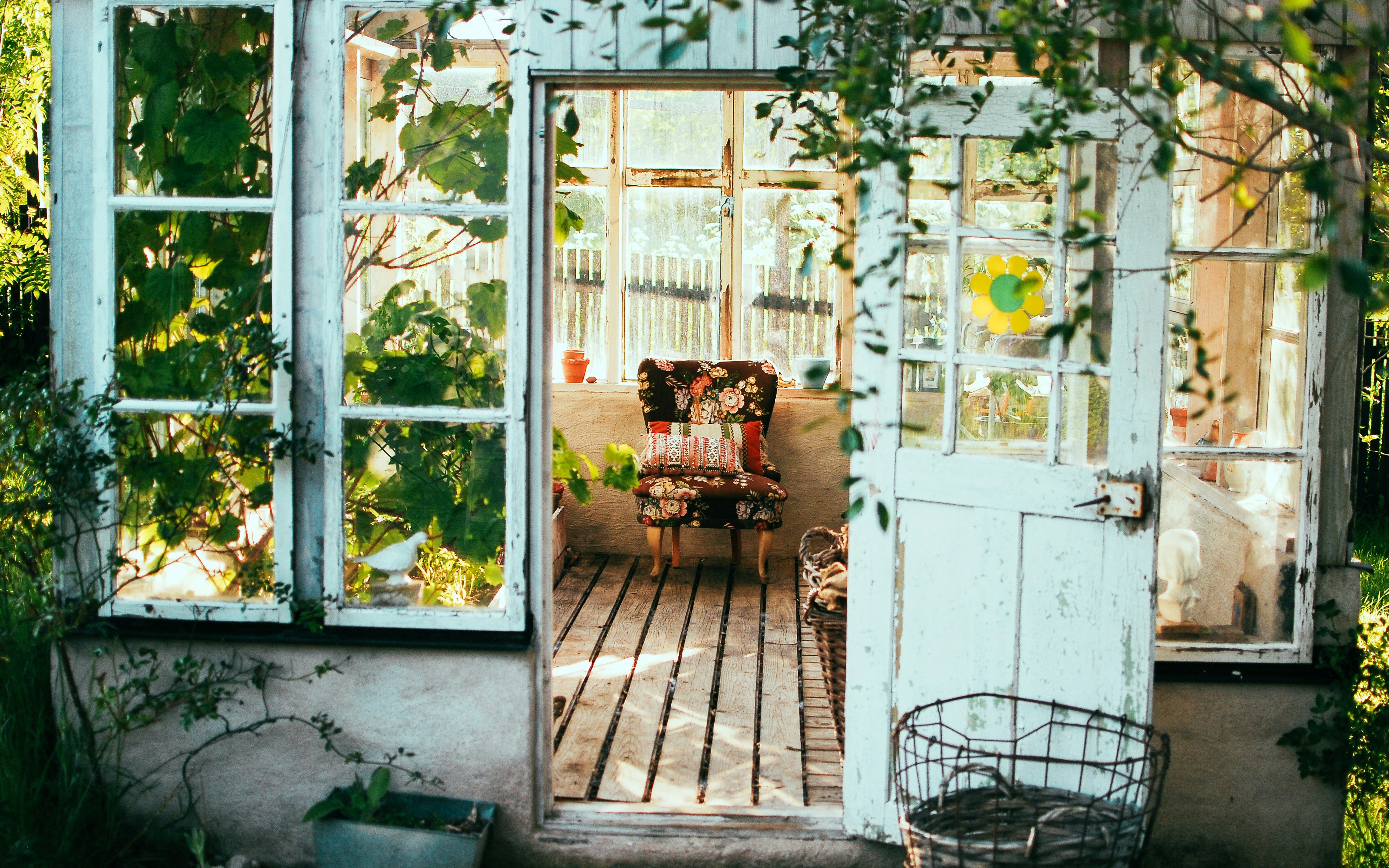"Reinventing Spaces: The Rise of Multifunctional Rooms in Modern Homes"
In the whirlwind of 21st-century living, our homes are evolving to meet our multifaceted needs. No longer confined to traditional room functions, contemporary homes are embracing the concept of multifunctional rooms. This concept not only capitalizes on limited space but also reflects our increasingly flexible lifestyles.

A Brief History of Multifunctional Rooms
The idea of multifunctional rooms is not entirely new. In ancient Rome, large homes often featured “tablinum,” a room that served multiple purposes, including a study, reception area, and even a dining room. However, the modern interpretation of multifunctional rooms has been shaped by significant societal changes.
In the 20th century, the rise of open-plan living blurred the lines between traditional room functions. This was escalated by the digital revolution, which allowed people to work, communicate, and entertain themselves anywhere in their homes. Today, multifunctional rooms are becoming the norm as homeowners seek to maximize their living spaces and adapt to changing lifestyles.
The Present State of Multifunctional Rooms
The 21st century has seen a surge in the popularity of multifunctional rooms. This is largely due to urbanization and the rise of smaller living spaces. From living rooms that double as home offices to kitchens that also serve as dining and entertainment spaces, multifunctional rooms are a testament to our ability to adapt and innovate.
Experts argue that multifunctional rooms reflect our modern lifestyle. As we juggle work, family, hobbies, and social life, our homes need to be flexible enough to accommodate all these aspects. Thus, the ‘one room, one purpose’ concept is gradually becoming outdated.
Practicality and Market Trends
The market trends for multifunctional rooms are promising. Homeowners are increasingly seeking furniture and decor that facilitate flexibility. This has led to the emergence of innovative products like modular furniture, convertible beds, and multipurpose storage solutions.
In terms of practicality, multifunctional rooms offer numerous benefits. They allow homeowners to make the most of their available space, reduce clutter, and create a more flexible and adaptable living environment.
Enhancing Daily Living
Multifunctional rooms have the potential to significantly enhance daily living. For instance, a home office that doubles as a guest room can provide a quiet working space during the day and comfortable accommodation for guests at night. Likewise, a kitchen that also serves as a dining and entertainment space can simplify meal preparation and make social gatherings more convenient.
Moreover, multifunctional rooms can foster a sense of creativity and innovation. They challenge us to think outside the box and come up with unique solutions for our living spaces. Therefore, while multifunctional rooms are a response to our changing lifestyles, they also have the potential to shape our lifestyle in positive ways.
Conclusion
As we continue to navigate the complexities of 21st-century living, multifunctional rooms are likely to become even more popular. They represent a practical, innovative, and forward-thinking approach to home design—one that not only responds to our needs but also enhances our daily living. By embracing the concept of multifunctional rooms, we can create homes that are not just places to live, but also spaces that reflect our diverse lifestyles and aspirations.





